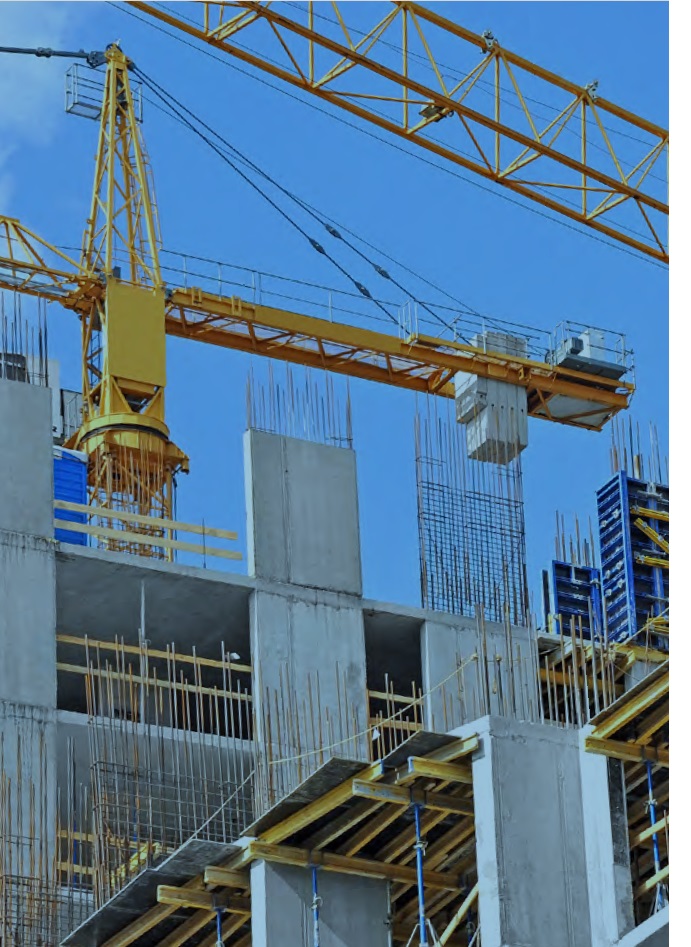– an evidence based analysis of demand against the market’s capacity to deliver our country’s public infrastructure pipelines – from Infrastructure Australia.
Overall, public infrastructure demand has flattened compared to the previous year, although growth in key regions and sectors may prolong supply shortages if unaddressed.
Governments have continued to actively manage their infrastructure pipelines. For example, the Australian Government’s continued commitment to a sustainable 10-year pipeline and commissioning of the Infrastructure Investment Pipeline Review will assist in ensuring demand is aligned with market conditions. It will also create more certainty for the market and encourage investment to build capacity to meet future demand.
Major public infrastructure spend is now valued at $230 billion over the five years from 2022—23 to 2026—27. While this represents a slight 4% increase from last year, the updated outlook shows a 10% drop in the highest peak of expenditure across those five years as well as a shifting of investments into later years. This indicates that governments have taken positive steps to actively manage the demand-supply gap and create longer term certainty.
Energy sector investment is expected to grow at around four times current activity levels. While most of this growth will be funded by the private sector, it indicates the market is responding to government signals about its energy transition ambitions. It also represents more pressure for materials and labour due to this increased investment.
Regional demand hotspots will create labour gaps. Regions across New South Wales, Queensland, and the Northern Territory will experience extraordinary growth in the three years from 2024—25, with investment up to three times higher than the three years prior in some regions.
Sustained cross-sectoral demand will prolong the pressure on construction capacity. Infrastructure Australia’s Market Capacity Program covers transport, buildings, and utilities. We note significant public investment is in planning for defence, energy as described across, mining – especially critical minerals – and housing, which highlights that supply and demand management strategies must be complemented by a nationally coordinated effort to improve construction productivity and innovation.
Labour remains the top capacity constraint, indicating longer-term structural barriers, many of which may be addressed through current reforms outlined by the Australian Government in recent months.
A shortage of 229,000 full-time infrastructure workers is predicted as of October 2023, with shortages expected in all occupational groups. Engineers and scientists will continue to experience the largest of all shortages until mid-2024. Trades and labour shortages are growing at the fastest rate and will remain high until 2025. The tertiary system (higher education and vocational education and training) plays a role in meeting demand in occupation groups in shortage.
Typical infrastructure career pathways have long lead times in and high churn rates out. Governments should consider developing a national infrastructure workforce strategy to grow workforce capacity through long-term workforce planning with industry, to attract, retain and upskill workers, including women, particularly in a tight labour market.
Reforms are underway. Positively, key Australian Government reform directions, namely the Employment White Paper, the Australian Universities Accord, and the recently signed National Skills Agreement, recognise and are looking to address many of the structural barriers outlined in this report. With coordination across the Australian Government, they will provide some key mechanisms for acting to boost workforce supply both in the short and longer term.
Read more … IA23_Market Capacity Report Infrastructure


